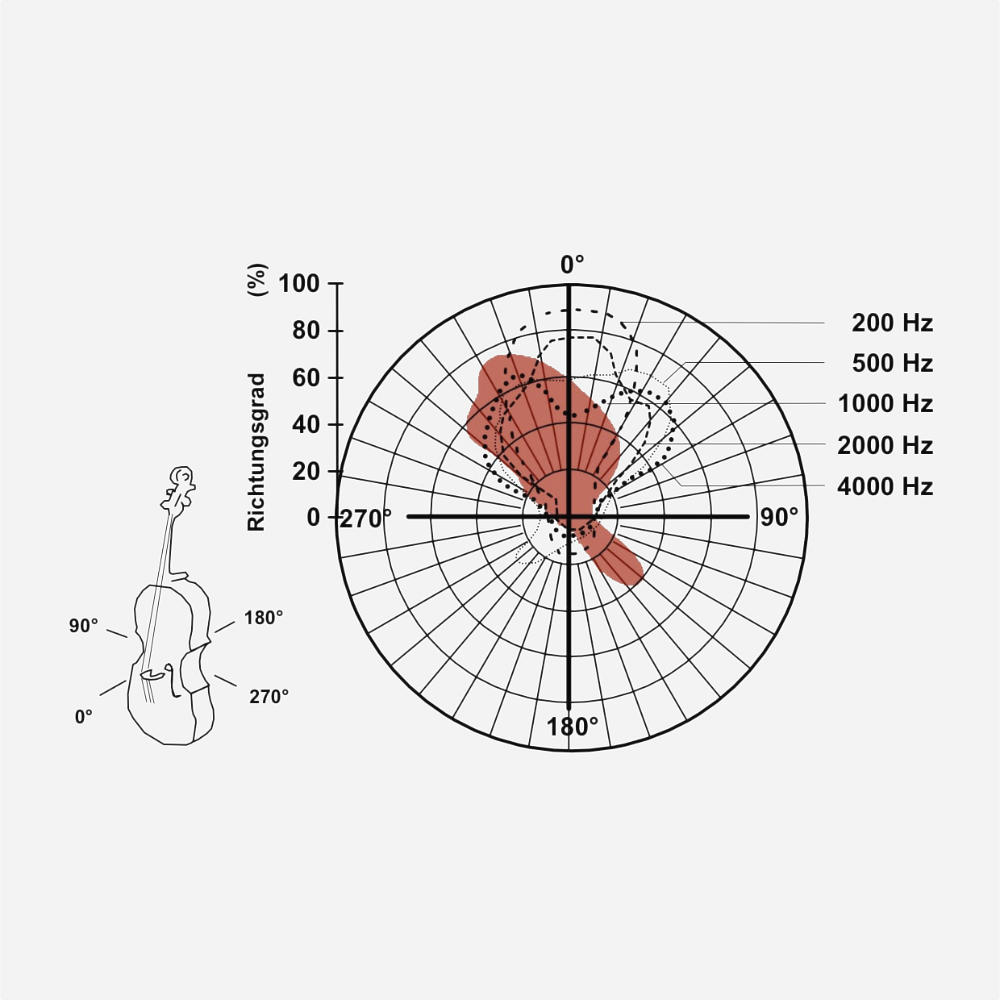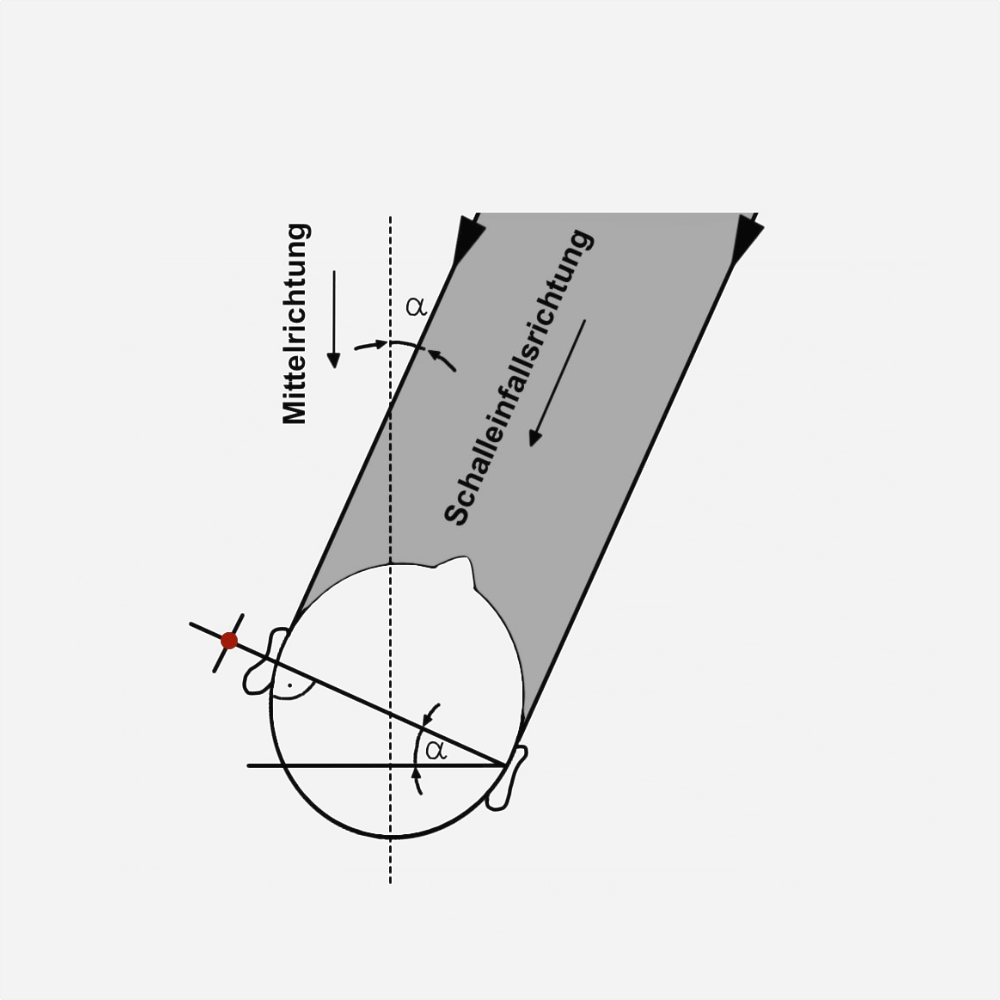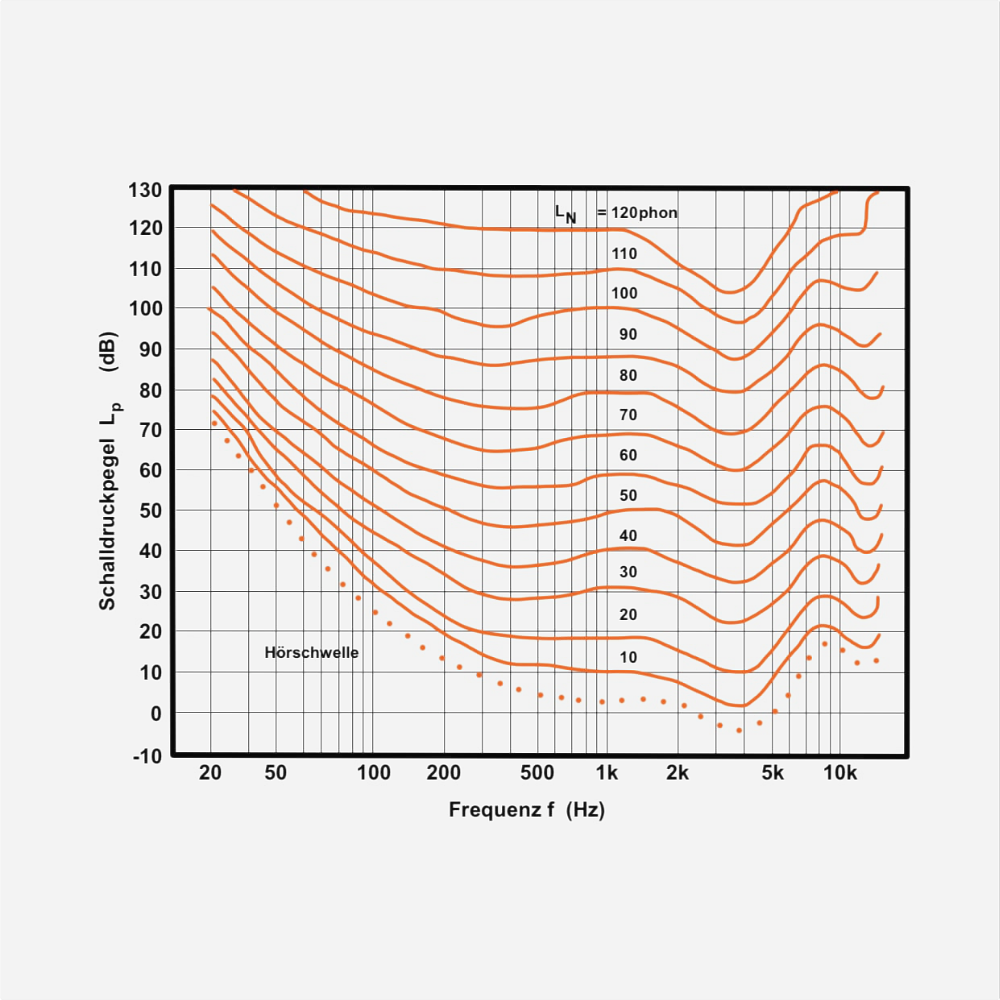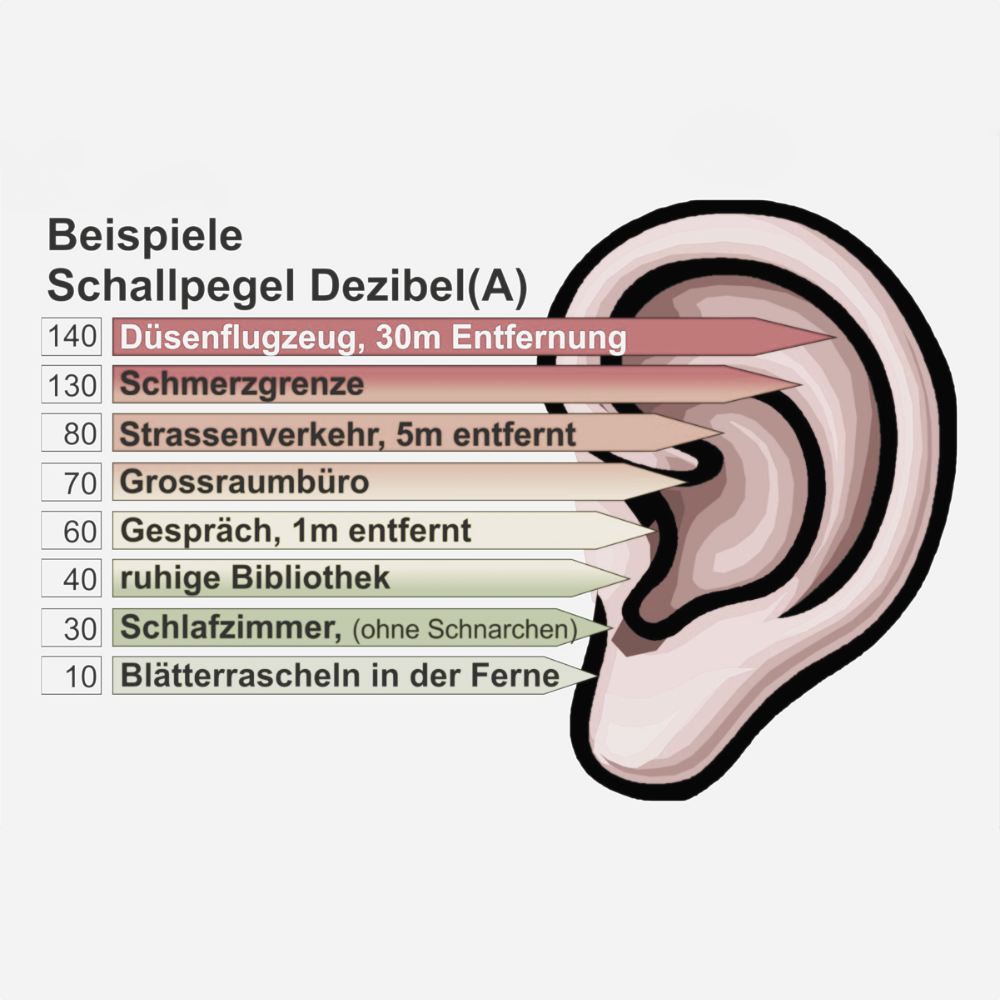DIRECTIONALITY
Musical instruments have pronounced radiation maxima, especially at high frequencies. The figure shows average values of the directionality of violins (reference axis perpendicular to the violin body in extension of the bridge).
The occurrence of such preferential directions of radiation for instruments underlines the need to surround the location of an orchestra (podium, orchestra pit, stage) with reflective surfaces that provide good mixing of the sound and promote mutual hearing among the musicians. In the usual seating arrangements of symphony orchestras on a podium, rear reflections support primarily the strings, while side reflections support primarily the winds. Reflections from the ceiling area above the orchestra are important for all musicians.
Also, when using and recording other instruments, their radiation characteristics must be taken into account. It is often desirable to carry out acoustic treatment of the surfaces in the main direction of acoustic radiation of an instrument, in order to absorb the sound or to emit it back into the room to the desired extent.
As you can imagine, the human organ of speech also has distinctive
radiation characteristics. This must be taken into account in the planning of vocal recordings and concerning noise radiation in crowded areas.



